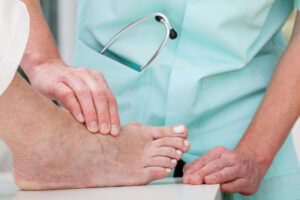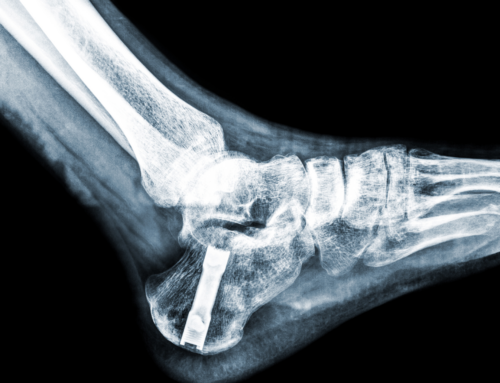Foot pain affects 13-36% of all US adults. It’s one of the most common and most ignored types.
It can be so debilitating that it requires surgery such as fusions. Finding out where the pain is coming from is the first step.
If your pain is primarily in your midfoot, read on to learn how to prepare for a midfoot fusion.

Visit an Orthopedic Surgeon
Speak to an orthopedic surgeon as soon as you notice pain in your midfoot that can’t be relieved with non-surgical methods such as medication. They can find out what’s causing it and find the best solution for you.
Midpoint arthritis is one of the most common reasons to recommend fusion. It can also help with other issues such as:
- Charcot arthropathy
- Flatfoot deformities
- Severe bunions
- Joint displacement
- Acute trauma or foot injury
- Severe midfoot fractures
The surgeon will get a full medical and personal history. They’ll find out what medications you’re on and what conditions you have. They may also perform tests such as bloodwork and imaging.
You may not be a candidate for this type of foot reconstruction. They won’t perform it if you have an active infection or are in poor health. Diabetes, issues with blood circulation, osteoporosis, or poor skin quality may also preclude you.
Know What to Avoid
It may be necessary to change your medications before surgery. Certain types can increase bleeding during surgery, slow down healing, or even cause a reaction to anesthesia. These include:
- Asprin
- NSAIDs
- Hormone replacement or birth control pills
- Metformin or related diabetic medications
- Certain over-the-counter supplements or steroids
The latest polls show that 12% of adults smoke cigarettes and 8% smoke e-cigarettes or vape. Avoid alcohol and tobacco at least a week before surgery. Nicotine slows blood flow to the surgical site and increases the risk of blood clots. It can also cause problems with healing and increase the risk of infections.
What to Do Right Before Surgery
Don’t eat or drink anything at least eight hours before your foot repair. You can take small sips of water to swallow morning medications. An empty stomach lowers the risk of nausea or vomiting from the anesthesia.
Wear loose and comfortable clothing and a robe to wear over your hospital gown. Bring a non-slip shoe with rubber soles to wear on your non-surgical foot.
Have someone who can drive you home and help you walk after. You may also want to bring a device such as crutches or a wheelchair.
Bring a full list of your medications. Have your pre-surgical results and medical insurance card ready. Write down any remaining questions to ask your surgeon. They will explain the procedure and have you sign a written consent form before you begin.
Know Where to Get a Midpoint Fusion
Preparing for a procedure like a midfoot fusion starts with an appointment with a licensed foot doctor. They’ll tell you what to avoid and what to bring with you for a successful procedure.
The Flint Foot and Ankle Institute has a dedicated team. We can help you find the solution to your foot and ankle problem, whether it’s therapeutic or surgical. We treat our patients like family and educate them the whole way through. Schedule an appointment today.




